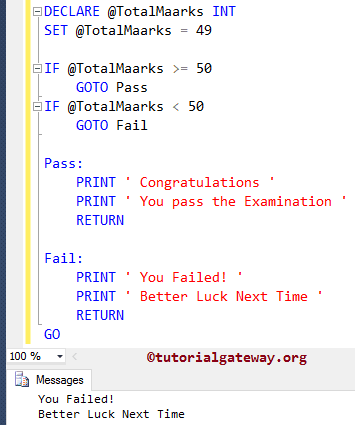

STR$( num) returns a string of the number num

SIN( num) returns the sine of num in radians SGN( num) returns the sign of a number num, 1 if positive, -1 if negative, 0 if 0 RND( number) returns a random number (integer) between 1 and num RIGHT$( str, position num) returns the end ("right") portion of string str beginning at character position num POINT( x num,y num) returns the color of the semigraphics dot at position x numm (0-63) and y num (0-31) PEEK( num) returns the value of the memory location num (0-65535) MID$( str, start num, length num) returns a sub-string of string str beginning at position start num and length num characters long.
#CHIPMUNK BASIC BREAK IN GOTO FREE#
MEM returns the available free memory in bytes LEN( str) returns the length (in characters) of string str LEFT$( str, num) returns the first ("left") num characters of string str JOYSTK( num) returns the position of the joystick axis (0-3) with a value from 0 to 63 INSTR( startpos,search str,target str) searches for the first string, in the target str. INT( num) returns the integer portion of num INKEY$ returns a character if a key on the keyboard has been pressed, or null if nothing is pressed
#CHIPMUNK BASIC BREAK IN GOTO CODE#
FunctionsĪBS( num) returns the absolute value of numĪSC( str) returns the ASCII code of the first character in strĬHR$( num) returns a single string character with the ASCII code numĮOF( device number) returns 0 if the file has data, or -1 if at the end of the file 'x' takes you to end of line, allowing you to e'x'tend it. 'c' changes one char, 'd' deletes one char. backspace takes you left, but does not actually erase it in the buffer. When in EDIT mode, you get a reprint of the line, and a second copy that you SPACEbar across chars. If you make a mistake typing in a line, you can either retype it from scratch (or DEL it). In Color BASIC, device #-1 (cassette) and #-2 (printer) are available to the programmer. By default, device 0 (screen and keyboard) is assumed. This can be a static string value (in quotes), a string variable, or other function or expression that returns a string of characters.ĭevice number indicates a device. Str indicates a string expression is required. This can be a fixed number, a variable, or other operation or function that returns a numeric quantity. Num indicates a numeric expression is required. : separates multiple commands on a single program lineĪ semicolon, when encountered in a PRINT function, will cause the output to remain on the same lineĪ comma, when encountered in a PRINT function, will tab to the next column Key " " indicates string data is a constant (static) = is greater than or equal to (also => is acceptable) Parenthesis ( ) are used to override mathematical order of operationįor testing, the following operators are used: + can be used to concatenate strings or for mathematical addition A$ ( 2, 2 )= "XYZ123" Operators and SymbolsĬolor BASIC provides several operators for both mathematic and, to a lesser extent, string operations.


 0 kommentar(er)
0 kommentar(er)
